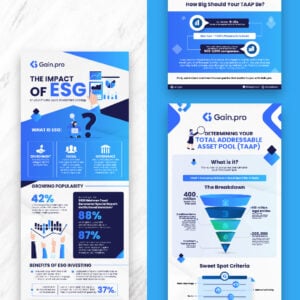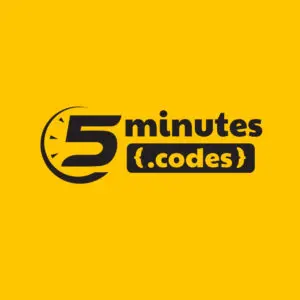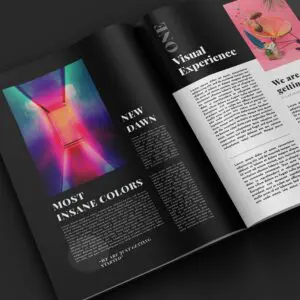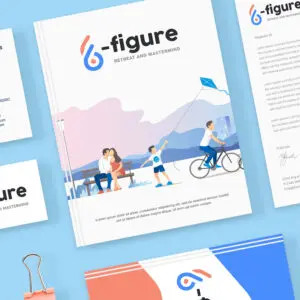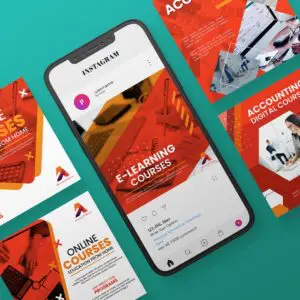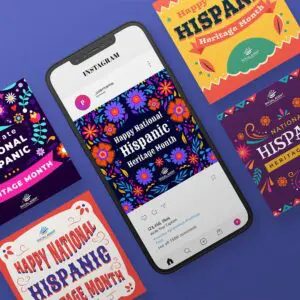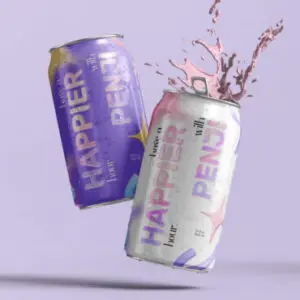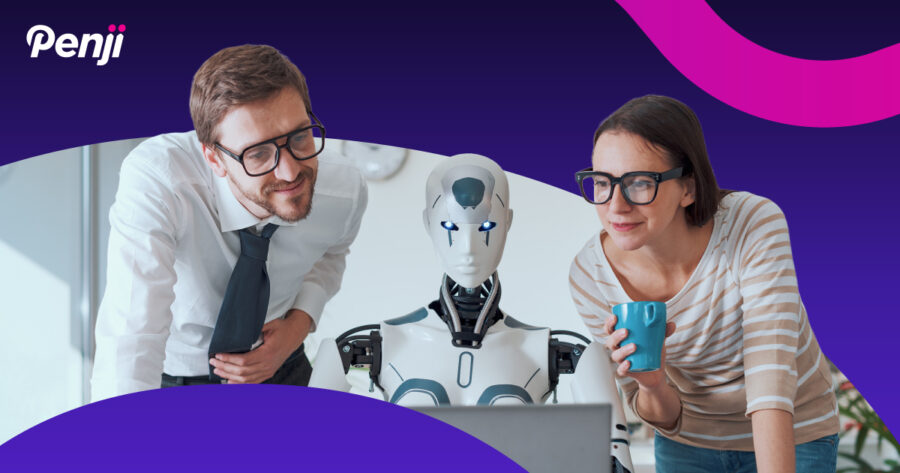
In the realm of graphic design, the integration of AI is reshaping traditional practices and turning creative workflows on their heads. From text-to-image prompts to AI-augmented design tools, brands are exploring how they can get the graphics they desperately need with an AI helper.
The debate rages on about whether AI will help or hurt the design industry. But designers and business owners alike are already experimenting to see what AI can/can’t do. In this article, we’ll delve into the diverse ways to use AI for graphic design and explore the implications for both brands and designers.
Table of Contents
- Applications of AI in Graphic Design
- Popular AI Tools in Graphic Design
- The Limitations of AI
- Impact on Designers and Marketers
Applications of AI in Graphic Design
You’re probably at least somewhat familiar with AI in graphic design. But if you’ve yet to test out some of these options, you might be leaving something on the table (or you might be assuming the applications work better than they really do). To clear the slate, let’s look at how brands are using AI and the results they’re getting.
AI-Generated Designs
This is the AI design we’re all familiar with. Platforms like Midjourney and Canva’s built-in AI image generator are examples of this technology. Simply type your prompt and click a button while AI creates an image.
These tools can be hit or miss, and you don’t have control over your results. However, there are two ways to navigate this:
- Get better at prompting – There are now courses that will teach you the foundations of “prompt engineering. Essentially, this is the art of learning how to talk to AI to get better results.
- Work with a real designer to make it usable – Leaning on AI alone to get branded visuals is unlikely to yield perfect results. Instead, take your pretty-good AI renderings and hand them to a designer who can bring your vision to life fully. This is part of what Penji offers. We take your ideas – AI-generated or not – and bring them to fruition.
Image Editing and Enhancement
Not only can AI tools generate, but they can fill in areas where you may want to change an existing image. This is how tools like Photoshop’s content-aware-fill leverage AI to remove unwanted objects from images while preserving the surrounding elements.
AI-Powered Photo Editing
AI photo editors can take your social media content up a notch. And for brands that don’t yet have the budget for professional photography, this can mean the difference between a growing channel or a stagnant one.
This example from Pixlr shows how ecommerce brands can get the perfect product shot – no photographers or DIY needed. In this case, all the user needs is a clear image of their product on a transparent background. Leave the rest to AI.
Font and Layout Suggestions
Figma’s font pairing feature uses machine learning to suggest complementary font combos based on the context and aesthetics. For simple design projects, this could save tons of time. Especially considering the massive supply of fonts available online today.
AI layout generators are another option for brands that need to generate quick landing pages. Ideally, it’s best to have these done custom by professionals, but in some instances you might opt for AI.
Tools like these from Taskade allow you to generate ideas for branded assets like website icons. Even if you don’t choose any of AI’s creations, they can help you get clear on what you do want.
Design Workflow and Creativity
Design tools have come a long way in seamlessly integrating with your workflow. Whether you have in-house designers, a design team like Penji, or freelance professionals on your side, your designers can use AI to get projects done quickly.
Adobe XD is one such tool designers are using to do their best work for clients. For example, in XD designers can create multiple interface screens representing different states of a digital product (eg. login screen, dashboard, settings menu). XD’s auto-animate feature allows designers to specify the transitions between screens (eg. fades, slides). The client can quickly look at examples and give feedback while the designer tweaks the output to get a design that’s as close to the client’s vision as possible.
These kinds of tools are a perfect example of AI augmentation, which is a phenomenon that will be increasingly popular in business design in the future.
Popular AI Graphic Design Tools
Several AI tools have emerged as popular among graphic designers, offering a range of functions to streamline design and enhance creativity.
- Adobe Sensei stands out as a comprehensive AI platform that integrates into the Adobe Creative Cloud ecosystem. Its AI features like auto reframe can help content creators adjust aspect ratios to fit each social media platform.
- For non-designers looking for simpler tools, Canva’s AI provided intuitive design suggestions and templates accessible to those with any level of expertise.
- Another platform growing in popularity is Figma. Figma’s smart selection feature revolutionizes collaborative design workflows by automating tasks like element selection and design consistency.
These tools also go a long way in democratizing access to powerful design capabilities. No longer is AI a tool for the wealthiest companies with the greatest access. In this sense, it levels the playing field.
Limitations of AI in Graphic Design
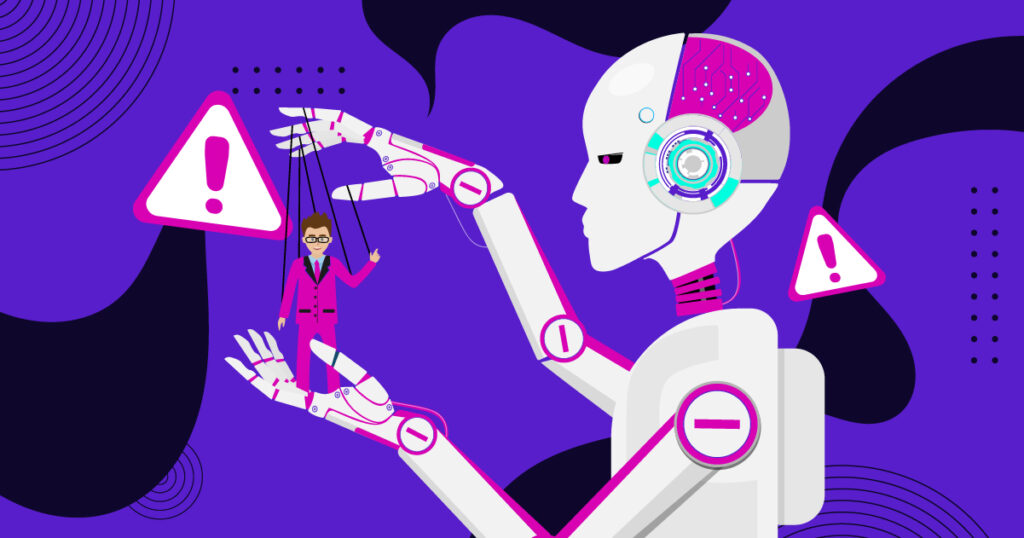
We’re always hearing about the upsides, the innovation, and the bright potential of AI. But it’s important to be realistic and not get carried away in fantasy. AI-driven tools are useful, but they’re only as effective as the people using them. That means it’s time to learn our blindspots.
Lack of Creativity and Originality
AI is more than capable of being repetitive. After all, it is literally trained on designs that already exist. The derivative nature of AI is the elephant in the room, and it’s the reason brands need to exercise caution. AI isn’t capable of creativity – It’s only capable of generating visuals based on what has already been done. While for many projects (eg. a simple ad), this may be good enough. But when it comes to unique branding and truly standing out as an authentic brand, AI shouldn’t be leading you.
Lack of Autonomy
AI is often spoken about as if it’s an autonomous being. Many say it’s only a matter of time before AI can __. Or they speak as though AI is sentient (eg. saying AI is “smarter than humans”). This anthropomorphism is a common human tendency, but it can easily cloud our judgment when working with AI.
It’s understandable to be excited about all the use cases of AI, but it’s crucial to remember that AI is merely a tool. AI can’t lead a business. It can’t make deeply informed decisions. And even data-driven insights can’t take into account your brand’s unique position, goals, audience, or team. AI is only as effective and unbiased as its user is.
Impact on Designers and Marketers
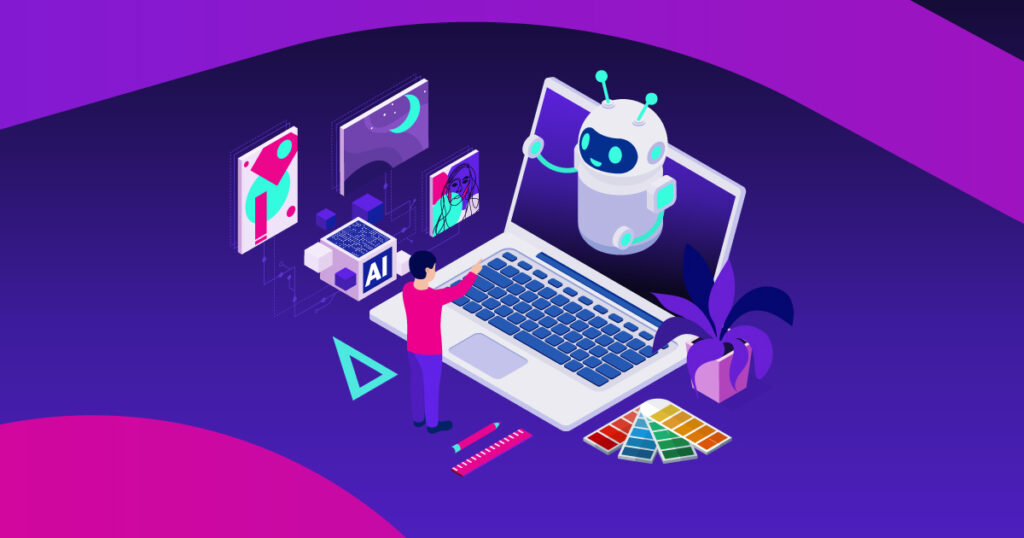
Clearly, AI is already changing how designers and marketers work. Creative workflows now incorporate AI in a number of ways, like using AI features for product imaging and website layouts. Graphic designers have begun seamlessly integrating AI into their creative workflows, but not in such a way that AI is taking over their role.
The collaboration between business owners, marketers, and designers is a key feature of any high-functioning brand. Each team member is vital, and there are numerous ways marketers are integrating AI too.
A big selling point of AI in the future will be it’s ability to speed up creative workflows and simplify everyone’s role in the process. This means designers and marketers alike getting used to new tools and discovering where they fit into their current workflow. The idea isn’t to adapt your business to AI, but to find how AI can fit into your process and make it even better. At Penji, our designers do their best work at the intersection of human creativity and AI automation to help modern brands get their most important work done.
About the author

Brianna Johnson
Brianna is a professional writer of 10+ years who specializes in branding, marketing, and technology content.
